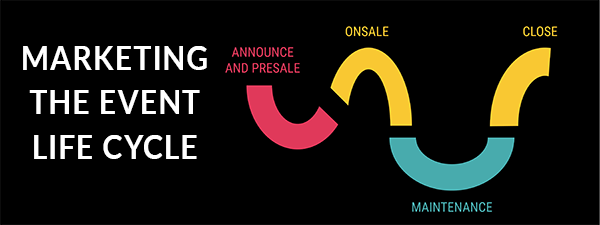The Rockhouse Partners team works with hundreds of clients from all different realms of the entertainment industry. Every client is unique and has distinct ways of handling its business. One aspect they all have in common, however, is the goal of selling as many tickets as possible to their live events. As event marketers, it’s our job to ensure that the maximum amount of tickets is sold with the most efficient marketing tools possible to provide the greatest return on investment. Through our experience, we’ve developed a time-driven, digital marketing strategy we call the “Event life cycle” that can work for nearly every performance or event.
With a live event, there are many touchpoints with customers during different time periods leading up to the event. The Rockhouse Partners team’s strategy enables our clients to connect with their audiences during these touchpoints to maximize audience reach and ultimately sell more tickets.
The event life cycle consists of five phases between the time an event is announced to the public and the day of the event: Announce, Presale, Onsale, Maintenance Period, and Closing. During these phases, there are peaks and valleys of audience engagement and ticket sales volume. The event life cycle will look different for every event but will follow the same basic pattern. Some event life cycles can be a few weeks, while others last months. No matter the duration of each life cycle phase, there is organic activity that we as marketers can capitalize upon. Let’s look at each phase individually, and some of the marketing tactics that we recommend implementing within them.
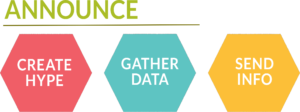
Announce: Tell the world about your event
Your main goal during the Announce phase is to create hype about your event. This is the period of time where the most people will be looking at your event, so make your announces exciting so that your audience anticipates it, and engages with the content you’re creating. This is the best time to provide as much information to your audience as possible to drive anticipation. Make sure to let your audience know when the event is, when they can buy tickets, and how can they buy tickets—any and all logistical info you would want as a ticket buyer. The less time customers spend searching for this information, the better; they’ll be prepared to buy tickets as soon as they’re allowed!
Also, since there is a high amount of organic traffic during the Announce period, use it to your advantage by gathering data on your audience. Since there is a high amount of organic traffic, you can use this to your advantage. The more data you collect now, the more you’ll be able to use later when people are paying less attention and you’d like to re-engage them.
TACTIC: During the Announce phase, promote a form-based contest to “win before you can buy.” Publish this on social media and run some ads on Facebook. This will allow you to generate hype without cannibalizing your ticket sales. But more importantly, this will give you the opportunity to collect emails and phone numbers for future marketing initiatives.

Presale: Give the ability to purchase tickets early or at a special price
During a Presale, give a specific group of individuals has the opportunity to purchase tickets early or at a special price for a specific period of time. It’s important to note that a presale does not need to be limited to a discount. The simple fact that you’re allowing a group of people to purchase before everyone else will generate sales! We encourage clients to create what we like to call a “Presale culture:” once your audience is trained to expect a presale, they’ll be ready for them and be more likely to purchase their tickets early.
TACTIC: Offer presales exclusively through the event or venue’s existing email list, which gives their subscribers a sense of exclusivity. You can also build hype around the presale by posting on your social accounts, letting your followers know the only way to receive the code is to be on the email list, and including a link to a sign-up form. This is one last touchpoint before tickets are available to everyone that adds more emails to your list, which is incredibly valuable in the long run.
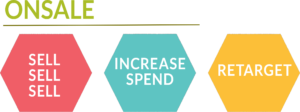
Onsale: Offer your tickets to the general public
The Onsale begins the moment your tickets are available for sale to the general public. Create a sense of urgency with the language you use in your marketing content. Using phrases like “Buy tickets now, don’t miss out” creates excitement—people feel like they’ll miss out on a memorable experience if they don’t purchase tickets right this very moment.
Since we see very high engagement and conversions during the Onsale, we recommend increasing your digital spend during the Onsale. Lean into the general excitement by getting your messaging in front of as many people as possible, as many times as possible. Spending more marketing dollars during this phase can result in higher conversions (i.e., more sales).
The Onsale is also a great opportunity to retarget, in other words, using information that was gathered in the Announce period to reach back out to these interested patrons. You can do this through digital ads, targeted emails, and more. You worked hard for that data, and now is the time to use it!
TACTIC: Prepare an email to your entire newsletter list, schedule social posts on your channels, schedule interest-based ads and retargeting ads starting the day of the onsale.
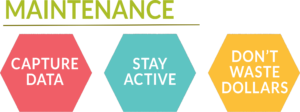
Maintenance: Keep up the momentum before the event
The Maintenance period can be a long, slow stretch between your Onsale and Closing, so use it to your advantage. Keep your audience engaged with additional content, including performance videos, polls, or interesting trivia. This is also the ideal time to run an experience-based contest, which keeps fans interested without cannibalizing inventory. Giving away something your audience can’t purchase is KEY, like a behind-the-scenes tour, special merch, etc. This will help maintain interest and also potentially grow your database by providing both a contest link and a “click here to buy tickets” link.
The tendency during the maintenance period can be to spend MORE of your marketing budget, with the hope that that will move the needle. This can be deceiving – in fact, spending more during the onsale and closing periods actually maximizes your conversions, since these are periods of time where we see organic peaks in engagement and ticket sales. Our job as marketers is not to create change, but to notice trends and patterns and lean in to maximize results.
TACTIC: When running an experiential-based contest create an ad to reach more people and se this as an opportunity to gather data for retargeting efforts later. Make sure to craft your messaging so that the opportunity to purchase tickets is still listed: “Not feeling lucky? Buy tickets here!” is a favorite of ours. We’ve seen clients use this tactic to great effect!
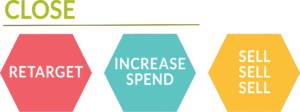
Closing: Capitalize on last-minute purchases
The Closing period is going to look different for everyone, depending on the nature of the event. It could be two weeks before the event, or a whole month, or even just two days. But it’s typically going to be a small window of time before the event occurs.
Similar to the Onsale phase, ticket sales are naturally going to increase. Now’s the time to lean into a fan’s sense of urgency (FOMO)! It’s also the opportune moment to increase your ad dollars. If you were more cautious or conservative with spending during the maintenance period, since there was less momentum, now it’s time to turn it back up.
All of your messaging during this period should be about selling tickets. Use urgent language to convey to your audience that they are running out of time or will miss out on a once-in-a-lifetime opportunity. Make sure you are including ticket links everywhere: Make it as easy as possible for your audience to get their tickets and get them quickly.
TACTIC: The closing period is the time to pull out all the stops. You’ve spent the entire life cycle collecting data like email addresses, phone numbers, and pixel audiences, and now is the perfect time to use it. Focus a part of your campaign on these retargeting audiences to capitalize on their interest in the event. They might need just one more push to buy their ticket!
As we’ve shown, event marketing is different than your typical eCommerce transaction. With event marketing, there are different periods of time in which organic consumer activities are more likely to happen. By aligning your marketing goals with the organic customer response during each time period, you can maximize your marketing budget and strengthen your conversions at peak times.
